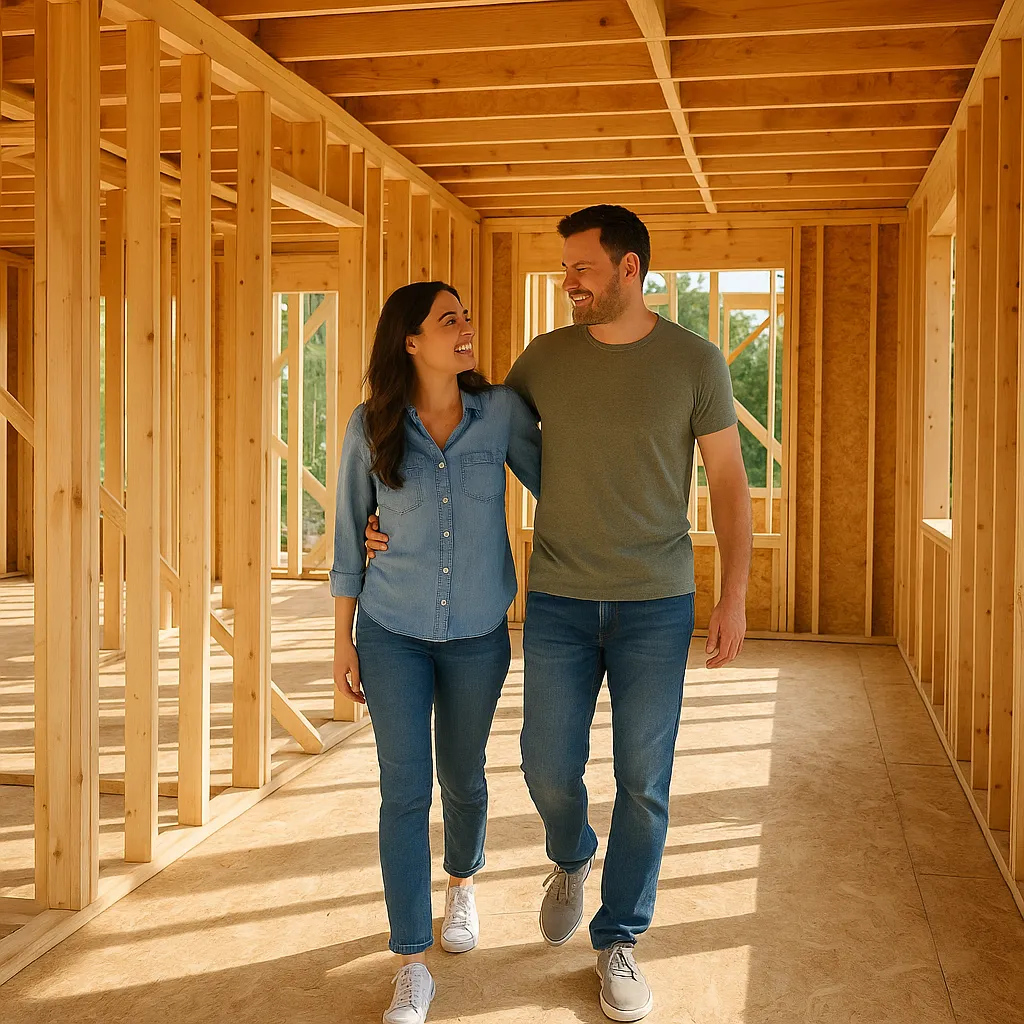read our blog articles

How Do Construction Loans Work
Thinking of Building Your Own Home? Here’s What You Should Know About Construction Loans
If you're planning to build your dream home, a construction loan might be the key to funding your project. Unlike standard home loans, which give you the full amount upfront, construction loans work a little differently—they release funds in stages (known as progress claims) as your build progresses.
A Quick Overview of Construction Loans
Construction loans are designed specifically for people building a home. Instead of receiving a lump sum, your lender pays out the loan in instalments called progress payments. These payments align with each major stage of the construction process and are usually made after an inspection confirms the work has been completed.
Here are the typical stages:
· Base or Slab Stage - Covers early groundwork like site prep, excavation, plumbing, and pouring the concrete foundation.
· Frame Stage - This includes putting up the frame—structural beams, roof trusses, and walls that define your home’s shape.
· Lock-Up Stage - External walls, doors, windows, roof, and cladding are installed to make the home secure from the elements.
· Fit-Out Stage - Interior details are added, including plastering, kitchens, bathrooms, electrical, and plumbing work.
· Completion Stage - Final touches like flooring, painting, appliances, landscaping, and fences. Once finished, your home is inspected and prepared for move-in.
🛠️ Note: The names and order of stages may vary depending on your builder and contract. Always refer to your building contract and consult with a professional for accurate advice.
How Construction Loans Work
During the construction period, most loans are set up as interest-only, meaning you only pay interest on the funds drawn down. Once the build is complete, the loan usually switches to principal and interest repayments.
Each payment from the lender is made after an inspection confirms that the relevant stage has been finished—helping ensure quality control and that your build stays on budget and schedule.
What You’ll Need to Apply
Applying for a construction loan is similar to applying for a standard mortgage, but with a few extra documents related to your build. These include:
1. Standard Financial Documents
These help your lender evaluate your financial position and how much you may be able to borrow:
Proof of identity
Income documents (e.g., payslips, tax returns)
List of your assets and liabilities
2. Construction-Specific Documents
These are typically provided by your builder or obtained during the planning stage:
A fixed-price building contract
Council-approved building plans
A contract of sale for the land (if applicable)
Builder’s insurance and permits
Possibly a quantity surveyor report
3. During Construction
To access each progress payment, you may be asked for:
Builder invoices for completed stages
Receipts for out-of-contract expenses
💬 Tip: Every lender is different, so be sure to check what documents and requirements apply to your situation. I can help you navigate this process step by step.
Other Things to Keep in Mind
Budgeting: Make sure you know what’s included in your building contract. Things like landscaping, fencing, and appliances might not be covered.
Contingency fund: It’s smart to have extra funds set aside for unexpected costs.
Timeline: Building takes time. Delays can happen due to weather, materials, or labour shortages. Keep expectations flexible.
New estates: If you’re building in a new area, remember that shops, schools, or parks might still be under development when you move in.
Ready to Build Your Dream Home?
Building your own home is an exciting journey—and one that comes with lots of moving parts. As your mortgage broker, I’m here to help you explore your loan options and support you every step of the way.
Let’s chat! Reach out today to get started on your construction loan journey.


